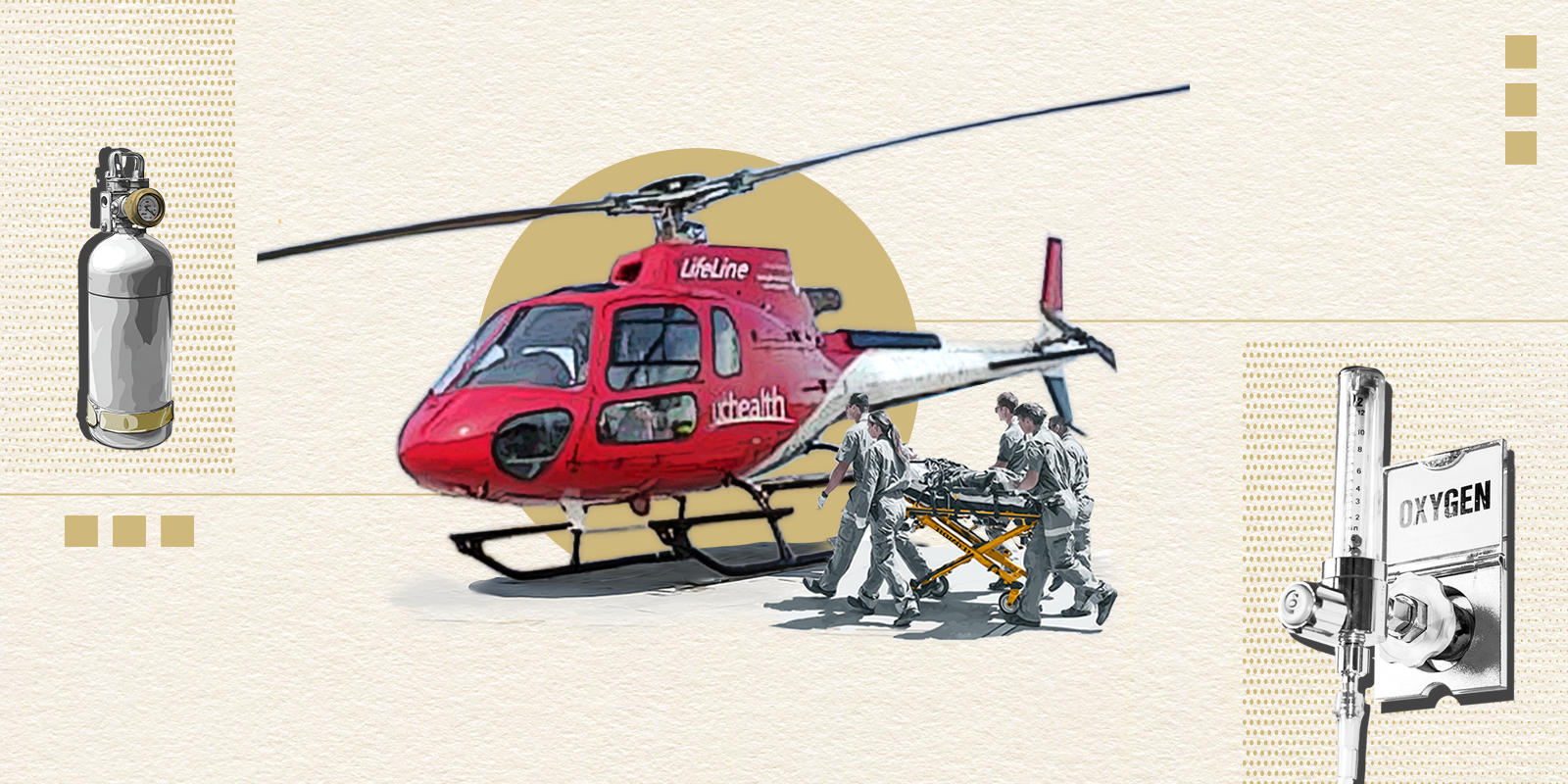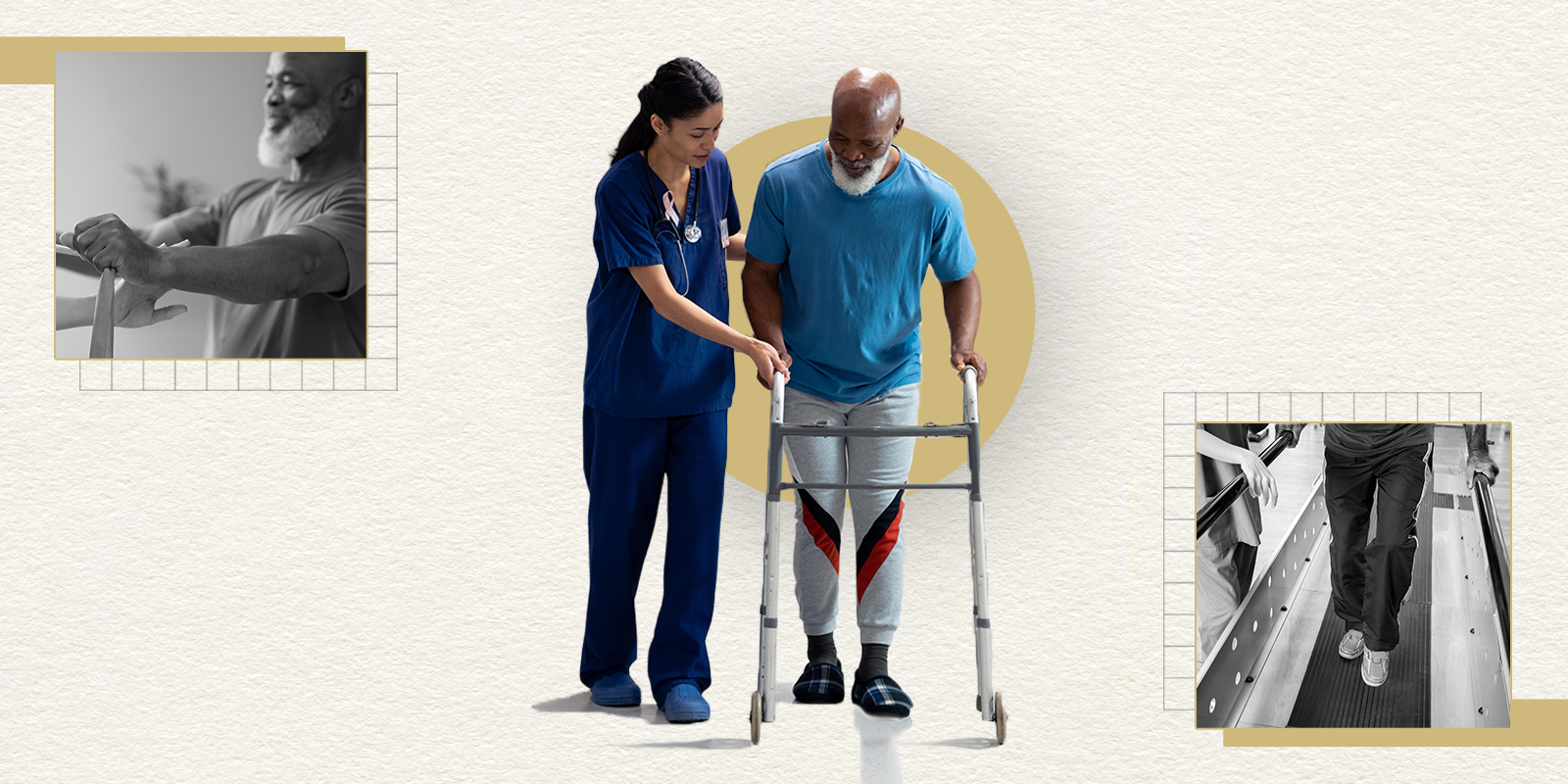The U.S. Department of Defense (DoD) has identified firearm suicide prevention as a key priority, but critical gaps remain in preventing deaths by firearm among service members. According to the 2020 DoD Annual Suicide Report, approximately 60-80% of suicides among service members are enacted with a firearm.
To help close those critical gaps, the Firearm Injury Prevention Initiative and CU Anschutz Center for Combat Medicine and Battlefield (COMBAT) Research co-hosted the first-ever national “Firearm Suicide Prevention in the Military: Messaging and Interventions” summit in June 2022 on the University of Colorado Anschutz Medical Campus.
The summit brought together CU School of Medicine faculty and DoD personnel and researchers with expertise in firearm suicide prevention to identify research and programmatic recommendations to strengthen firearm suicide prevention messaging and interventions in the U.S. military.
Experts collaborated on a new paper listing the recommendations, which was published today in the Oxford Academic’s Military Medicine Journal.
Benefits of academic-military collaboration
Summit organizer and moderator Emmy Betz, MD, MPH, director of the Firearm Injury Prevention Initiative and professor of emergency medicine in the CU School of Medicine, wanted to get the perspectives of national military experts to develop the 10 recommendations.
“Between CU faculty and national military experts, we quickly saw that we all share a common goal: the urgent need to reduce firearm suicide,” says Betz who is first author of the paper. “Although we each approached the issue from different perspectives and experiences, we grounded ourselves in our common goal, which helped us write the recommendations and paper.”
Ian Stanley, PhD, co-author of the paper and psychological health lead of the Center for COMBAT Research emphasized the importance of partnerships between academics and DoD personnel.
“Military experts we met with know the operational contexts and needs of their teams the best,” says Stanley, assistant research professor of emergency medicine. “Our goal at CU is to partner with the DoD to help solve their toughest clinical challenges, including firearm suicide prevention. These 10 recommendations will serve as an important road map.”
The collaboration between military and academic experts at the summit reaffirmed the need to develop creative partnerships through coordinated, outcome-based approaches with a sustained commitment from the DoD. The paper’s 10 recommendations reflect the need to expand the messaging that it takes a community to support at-risk populations, including service members.
Recommendations to save lives
The following 10 recommendations, developed at the summit, are key to improving the availability and quality of evidence-based, effective interventions needed for firearm suicide prevention.
|
Effort from multiple groups will be needed to begin work on the 10 recommendations. Some recommendations will need more involvement from military leadership, and other recommendations will tap into the expertise and research areas of Betz and Stanley.
“We have a lot of work to do," says Stanley. “It can feel daunting how little research there currently is to address firearm suicide, but there is room for optimism that we can come together to find acceptable and effective solutions that will ultimately save lives.”
Header image by the U.S. Department of Defense
.png)


